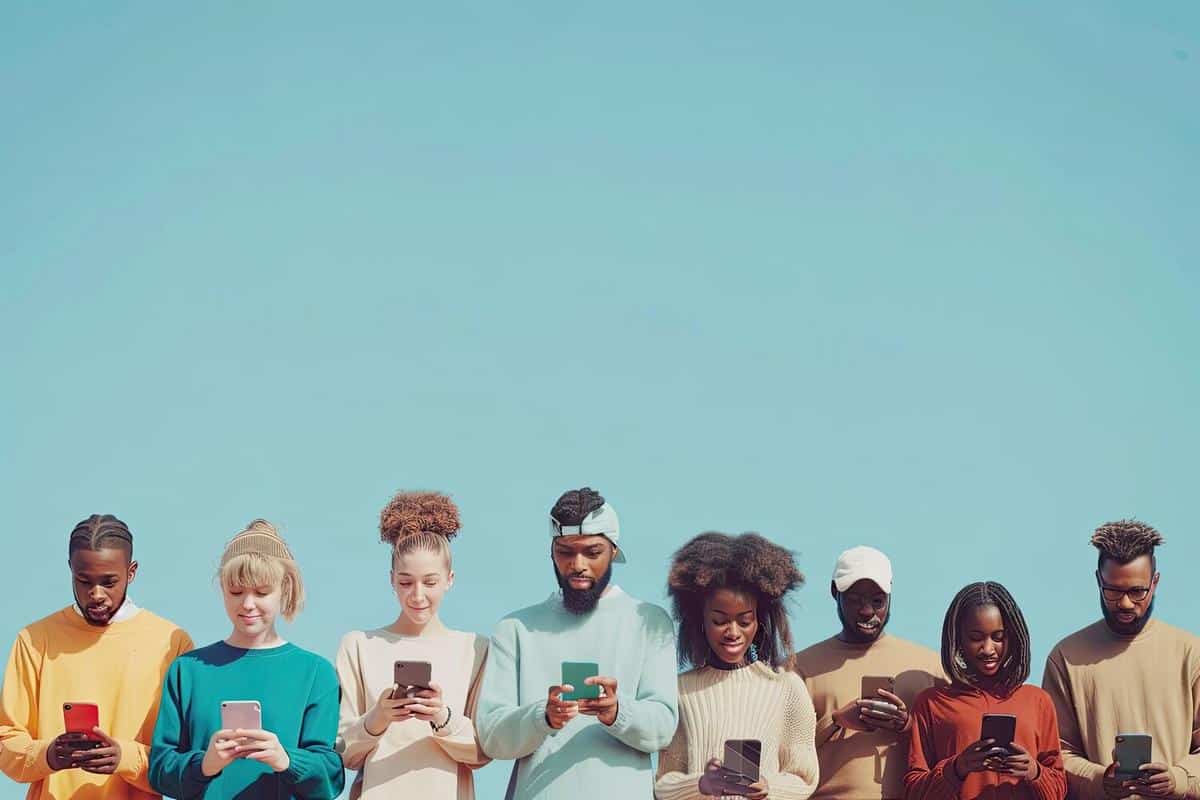
Representation Matters: LGBTQ+ Depictions in Media
Representation in media is more than just a buzzword; it is a vital component of societal progress and inclusivity, particularly when it comes to LGBTQ+ depictions. This article delves into how these portrayals influence perceptions and the importance of diverse narratives.
The Power of Representation
Media serves as a mirror to society, reflecting and shaping our understanding of the world. When LGBTQ+ individuals see themselves represented authentically on screen, it validates their experiences and fosters a sense of belonging. GLAAD’s annual report highlights that in recent years, LGBTQ+ characters have become more visible in mainstream media, indicating a positive trend toward inclusivity.
Expert Insights
Dr. Alex Matthews, a media studies professor, argues that “inclusive representation in media can dismantle stereotypes and reduce prejudice.” This perspective is echoed by many advocates who see media as a tool for social change.
Statistics and Research
| Year | LGBTQ+ Characters in TV | Percentage Increase |
|---|---|---|
| 2018 | 75 | 10% |
| 2019 | 92 | 22% |
| 2020 | 101 | 9.8% |
| 2021 | 118 | 16.8% |
| 2022 | 126 | 6.8% |
| 2023 | 140 | 11.1% |
According to GLAAD, the presence of LGBTQ+ characters in television has increased significantly over the past few years, with a notable rise in 2023.
Personal Anecdotes
Mark, a viewer who identifies as non-binary, shared, “Seeing characters like me on screen gave me the courage to embrace my identity.” Such personal stories underscore the profound impact of seeing one’s identity reflected in media.
How to Advocate for Better Representation
- Support shows and films that prioritize authentic LGBTQ+ stories.
- Engage with creators and networks on social media to express the need for diverse narratives.
- Educate others about the importance of representation.
Pro Tip: Use streaming platforms to discover and support independent films that offer unique LGBTQ+ perspectives. This not only encourages diversity but also supports smaller creators.
Conclusion
In summary, LGBTQ+ representation in media is not just about visibility; it’s about fostering understanding and acceptance. By supporting diverse narratives, we can contribute to a more inclusive society. For more resources on this topic, check out GLAAD and the Human Rights Campaign.
FAQs
Why is LGBTQ+ representation important in media?
It validates the experiences of LGBTQ+ individuals and promotes societal acceptance by reducing stereotypes and prejudice.
How can I support LGBTQ+ media?
Watch and promote content featuring LGBTQ+ stories and engage with creators on social media to advocate for more inclusive narratives.


